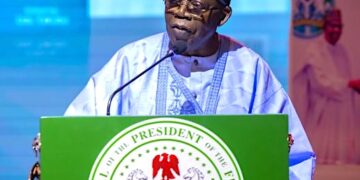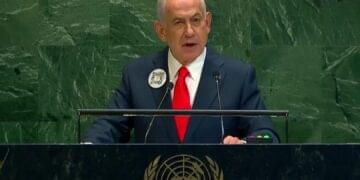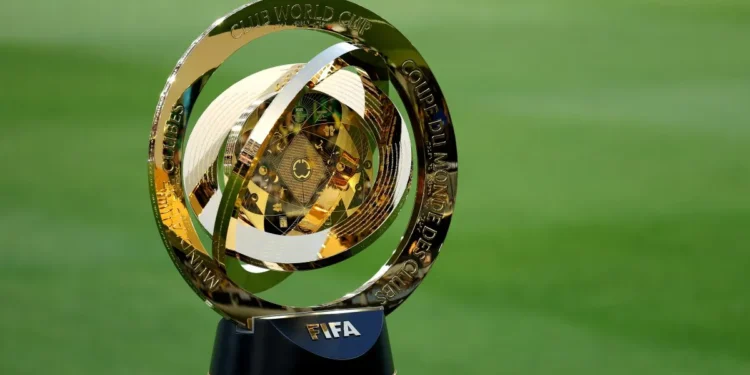Whilst the 2025 FIFA Club World Cup, now expanded to 32 teams and hosted in the United States, has been entertaining so far.
The tournament comes with a record-breaking prize money totaling a staggering $1 billion, distributed through participation bonuses and performance-based rewards.
According to FIFA, this competition has become one of the most lucrative tournaments in world football. But the question is how this amount of money will be shared. On this write-up, we take a look at how the money is shared amongst the teams.
Before the competition even started, clubs were assured of financial gains. Under FIFA’s “participation pillar,” more than $525 million was disbursed, guaranteeing that clubs from all six confederations would profit simply from making it to the tournament.
European clubs made between $12.81 million and $38.19 million in participation fees alone because of their high commercial value and historical performance rankings. A safety net that exceeded the majority of domestic competition wins was ensured by this baseline.
South American clubs like Palmeiras and Flamengo, who each received $15.21 million for taking part in the competition, were not far behind. Clubs from Asia, Africa, and North and Central America each received $9.55 million, a sizeable payout for teams from financially developing leagues.
Auckland City FC was given $3.58 million for Oceania, which is a huge sum for a New Zealand semi-professional team.
For comparison, this sum almost equals or surpasses their yearly income, so participation on its own is a game-changer for these clubs.
Performance on the pitch also carried a high stake. According to FIFA, draws earned $1 million, while group stage wins were valued at $2 million each.
These incentives created a sense of competition for teams struggling with the UEFA financial fair play rule and the Premier League Profit and Sustainability rukes even in otherwise unimpressive group games.
Clubs that advanced to the knockout stages saw a sharp increase in revenue. Clubs received $7.5 million more for making it to the Round of 16, $13.125 million for the quarterfinals.
Besides, these Clubs will also earn $21 million for the semifinals, and $30 million for the runner-up. The overall tournament winner will take home an additional $40 million.
With flawless form and progress, Manchester City although out of the competition, leads the earnings charts with an estimated $51.7 million as at the end of the Group Stage on June 26.
With two victories and one draw in their group, Real Madrid came in second with $61.5 million. With their one group draw against Benfica costing them an additional $1 million in win bonuses, Bayern Munich made about $58.2 million.
Borussia Dortmund, Chelsea, and Paris Saint-Germain all made between $52 and $56 million, leaving the group stage with healthy profits.
Both Palmeiras and Fluminense have made about $39.8 million, demonstrating that quality goes beyond geography. South American clubs haven’t fallen behind.
According to Pulse Sports, even African sides like Mamelodi Sundowns and Al Ahly exceeded the $11 million threshold, with collective outcomes pushing their total above normal yearly budgets, Pulse Sports observed.
For a semi-professional team, Auckland City’s reported $4.6 million from group play is nearly equal to their yearly revenue.
These increases in money are revolutionary. For mid-tier and emerging clubs, group-stage earnings help close structural and competitive gaps.
The financial impact includes more than just prize money. Exposure to the official broadcasters, DAZN is growing.
Importantly for Premier League teams, these funds are coming in the midst of stricter Profit & Sustainability Rules (PSR) and Financial Fair Play (FFP) regulations, providing a lifeline to remain in compliance.
Even a $50 million windfall can change financial statements for clubs with high wage bills and transfer amortisations, lowering deficits and reducing regulatory scrutiny.
Many teams are making strategic reinvestments: these profits are often used to finance improvements to training facilities, academy enhancements, and improved medical departments.
As an illustration of the direct influence these monies have on squad-building, Bayern Munich is reportedly planning to use its bonus income to help finance summer signings, Talksports reported.
Also, African clubs are reinvesting. Mamelodi Sundowns revealed that some of their earnings are used to fund academy infrastructure in an attempt to catch up to more wealthy leagues.
In order to promote broader ecosystem growth, FIFA has implemented a $250 million solidarity program that supports non-participating teams worldwide in addition to clubs.
Moreso, small clubs in developing nations can profit materially from participation, leading to a more equitable global footprint.
To sum up, the 2025 Club World Cup accomplished more than just selecting a winner. In an era of scrutiny, regulation, and balance sheets, it gave elite clubs a strong financial lever and injected millions into football economies on every continent, transforming underdog tales into sustainable futures.
NEWSPAD




































